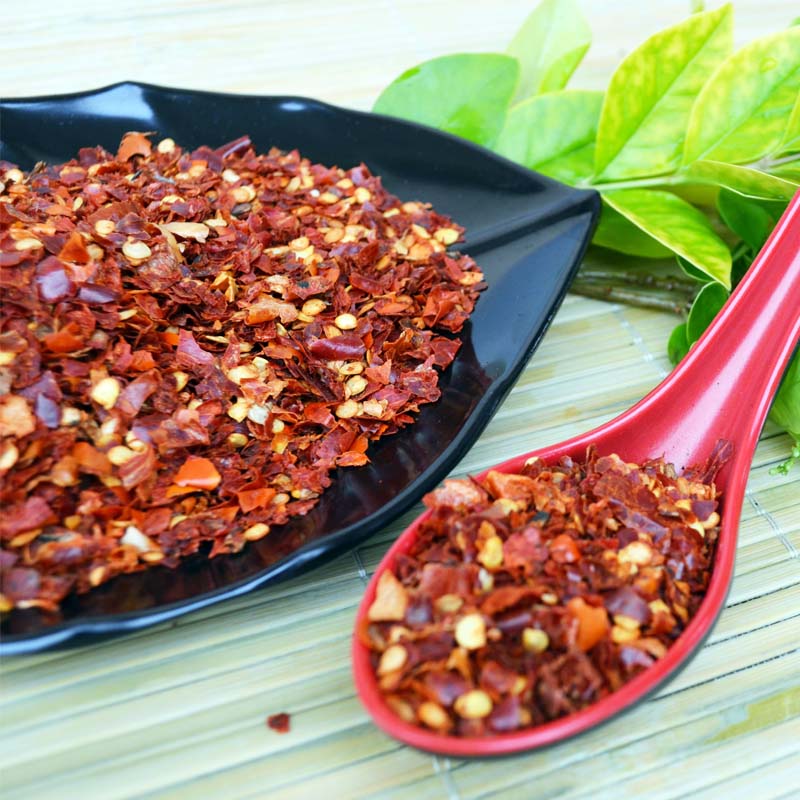- No. 268 Xianghe Street, Economic Development Zone of Xingtai city, Hebei 054001 China
- Byron@hbhongri.cn
Vibrant Crimson Paprika for Flavorful Dishes and Healthy Recipes
The Vibrant World of Bright Red Paprika
Bright red paprika, a spice that captivates the senses, is more than just a culinary delight. This remarkable ingredient, derived from ground bell peppers or chili peppers, has earned its place in kitchens around the world. Known for its vibrant color and distinct flavor, paprika is a staple in numerous cuisines and holds a significant cultural and nutritional value.
History and Origin
Paprika's journey began in Central America, where it was first cultivated by indigenous peoples many centuries ago. The spice made its way to Europe in the late 15th century through Spanish and Portuguese explorers. The word paprika derives from the Hungarian term for pepper, reflecting the spice's deep roots in Hungarian cuisine. It quickly garnered popularity across Europe, particularly in Hungary and Spain, where it played a pivotal role in traditional dishes.
Varieties of Paprika
While the bright red hue is a common characteristic of paprika, this spice comes in several varieties, each offering its own unique taste profile. Hungarian paprika is renowned for its sweet, smoky flavor and is often classified into several grades, from delicate and sweet to hot and spicy. Spanish paprika, or pimentón, can be sweet or smoked, adding depth to dishes and an unmistakable aroma.
In contrast, South American paprika tends to be hotter, often derived from specific chili varieties, and serves as a potent seasoning in many traditional recipes. Whether sweet or spicy, the versatility of paprika allows it to enhance various dishes, from stews and soups to rice and vegetable preparations.
bright red paprika

Culinary Uses
Bright red paprika is a versatile ingredient celebrated in many culinary traditions. It can serve as a seasoning, a garnish, or a base for sauces, offering a beautiful splash of color. In Hungarian goulash, paprika is the star ingredient, infusing the dish with its rich flavor. In Spanish paella, it adds both color and complexity, harmonizing beautifully with seafood, chicken, and saffron.
Beyond European dishes, paprika has found its way into Middle Eastern and North African cuisines, where it is used to spice up tagines and kebabs. Mexican cuisine also embraces paprika's flavor profile, often incorporating it into various mole sauces and spice blends. The spice's adaptability makes it suitable for an array of dishes, accommodating different taste preferences and dietary restrictions.
Nutritional Benefits
Aside from its culinary appeal, bright red paprika is packed with essential nutrients. It is rich in vitamins A, C, and E, as well as several antioxidants that support overall health. These nutrients can contribute to improved eye health, immune function, and skin health. Additionally, paprika contains capsaicin, a compound known for its potential anti-inflammatory properties and benefits in metabolism.
Conclusion
Bright red paprika is more than just a spice; it is a symbol of culinary tradition, cultural exchange, and nutritional value. Its diverse varieties and applications across the globe illustrate not only its importance in enhancing flavors but also its role as a unifying ingredient that brings people together through food. Whether you're sprinkling it over deviled eggs, stirring it into a rich stew, or using it as a vibrant garnish, bright red paprika adds both beauty and taste to our meals, making it an indispensable part of gastronomy. So the next time you reach for this vibrant spice, remember its rich history and the colorful cultures it represents.
-
Turmeric Rhizome Powder: A Golden Treasure from Roots to TableNewsJul.28,2025
-
The Versatile Application Of Crushed Red Hot Peppers: Lighting Up The Red Flames On The Dining TableNewsJul.28,2025
-
The Paprika: A Touch Of Vibrant Red In Color, Flavor, And CultureNewsJul.28,2025
-
Ground Turmeric: A Modern Examination of an Ancient SpiceNewsJul.28,2025
-
Capsicum Liquid Extract: Features, Applications, and ChallengesNewsJul.28,2025
-
Application of Capsicum Liquid Extract in FoodNewsJul.28,2025







